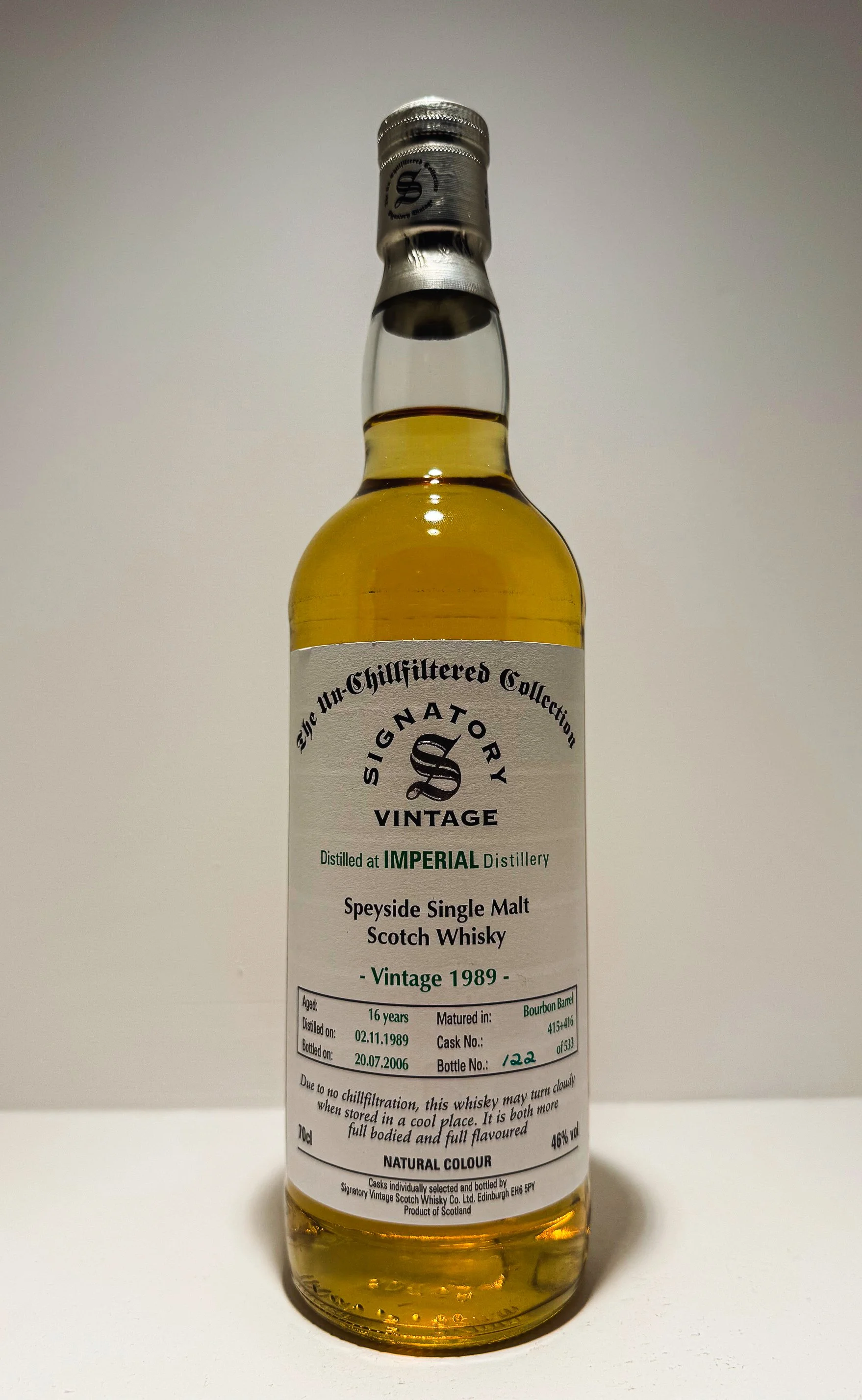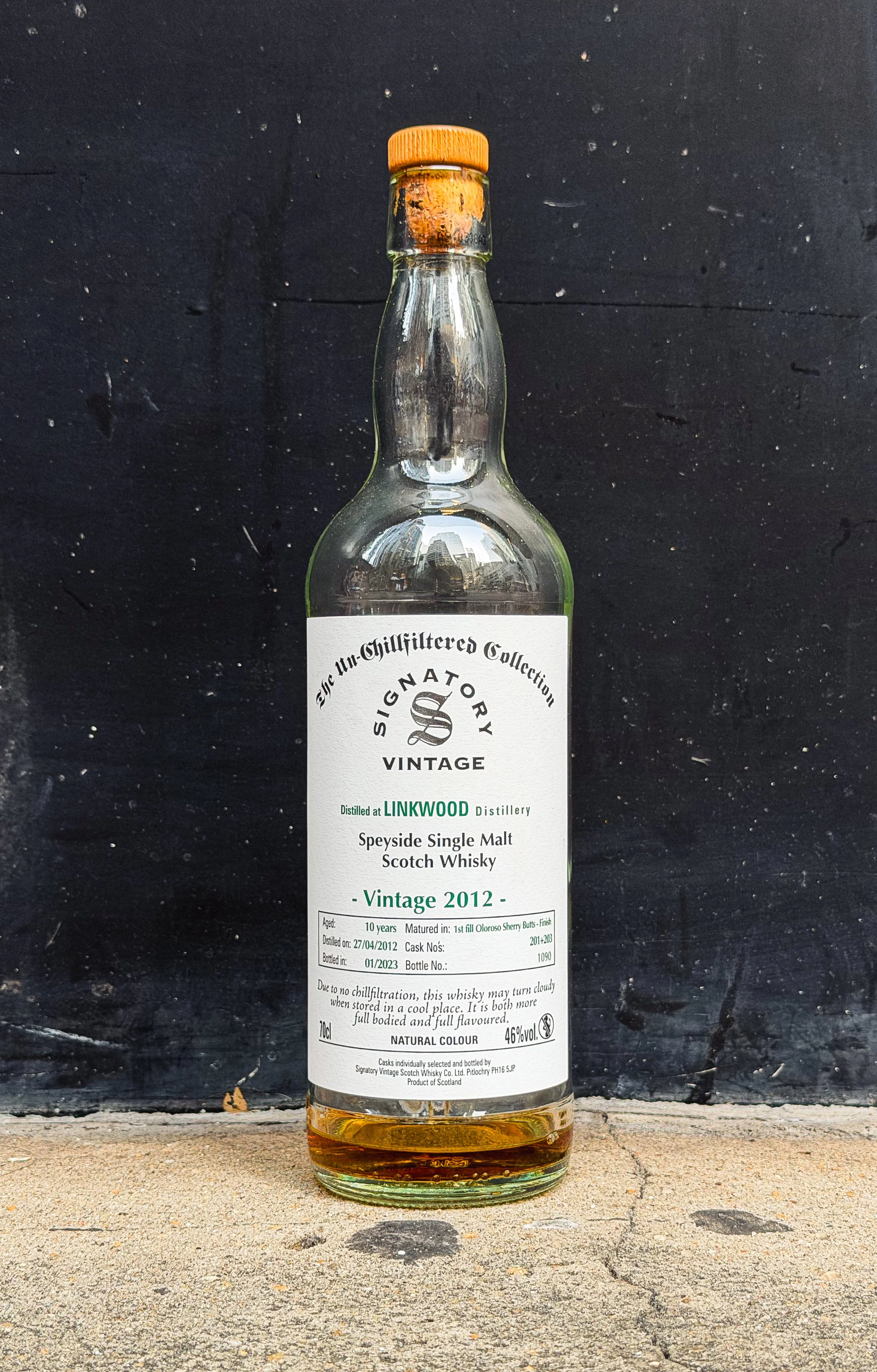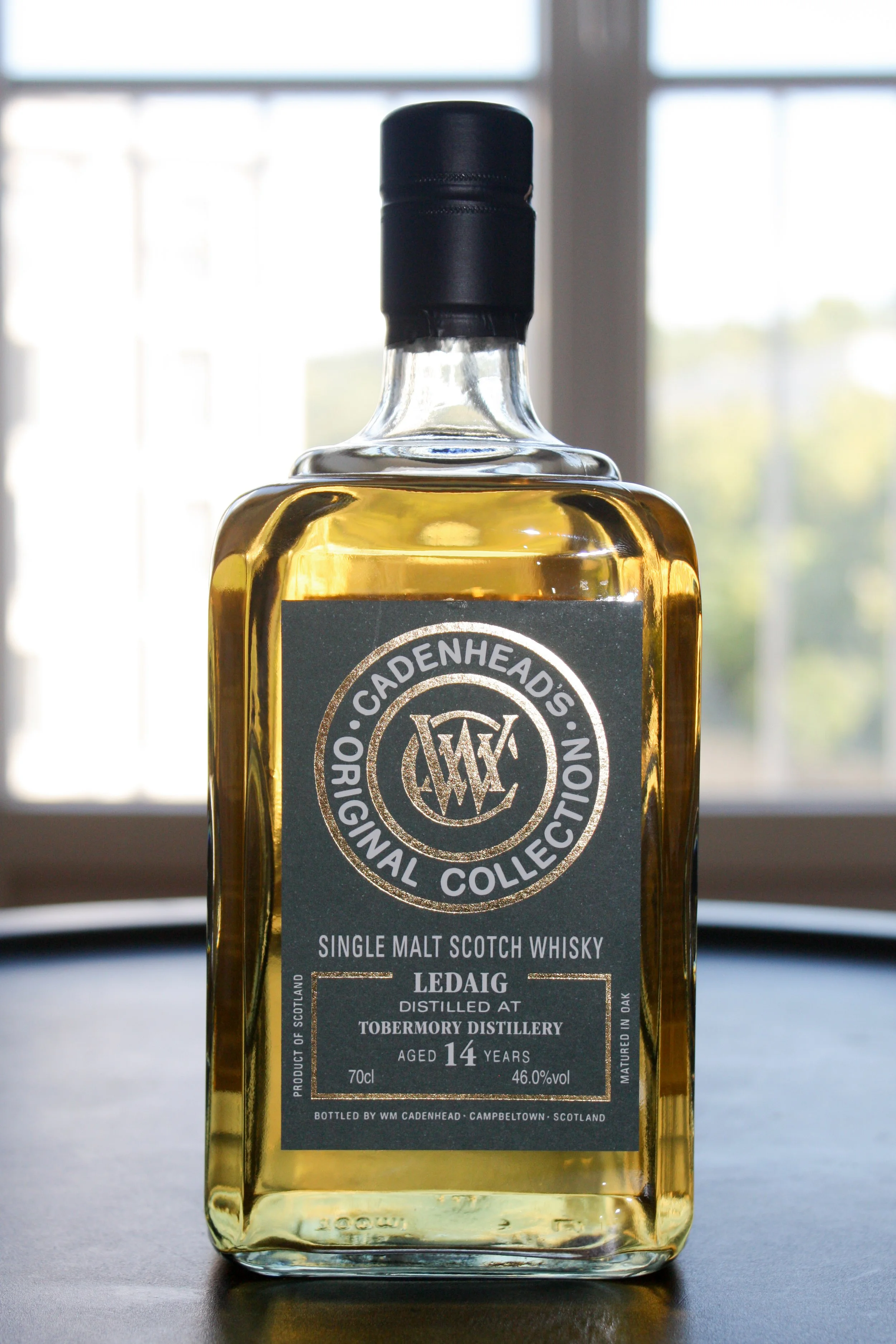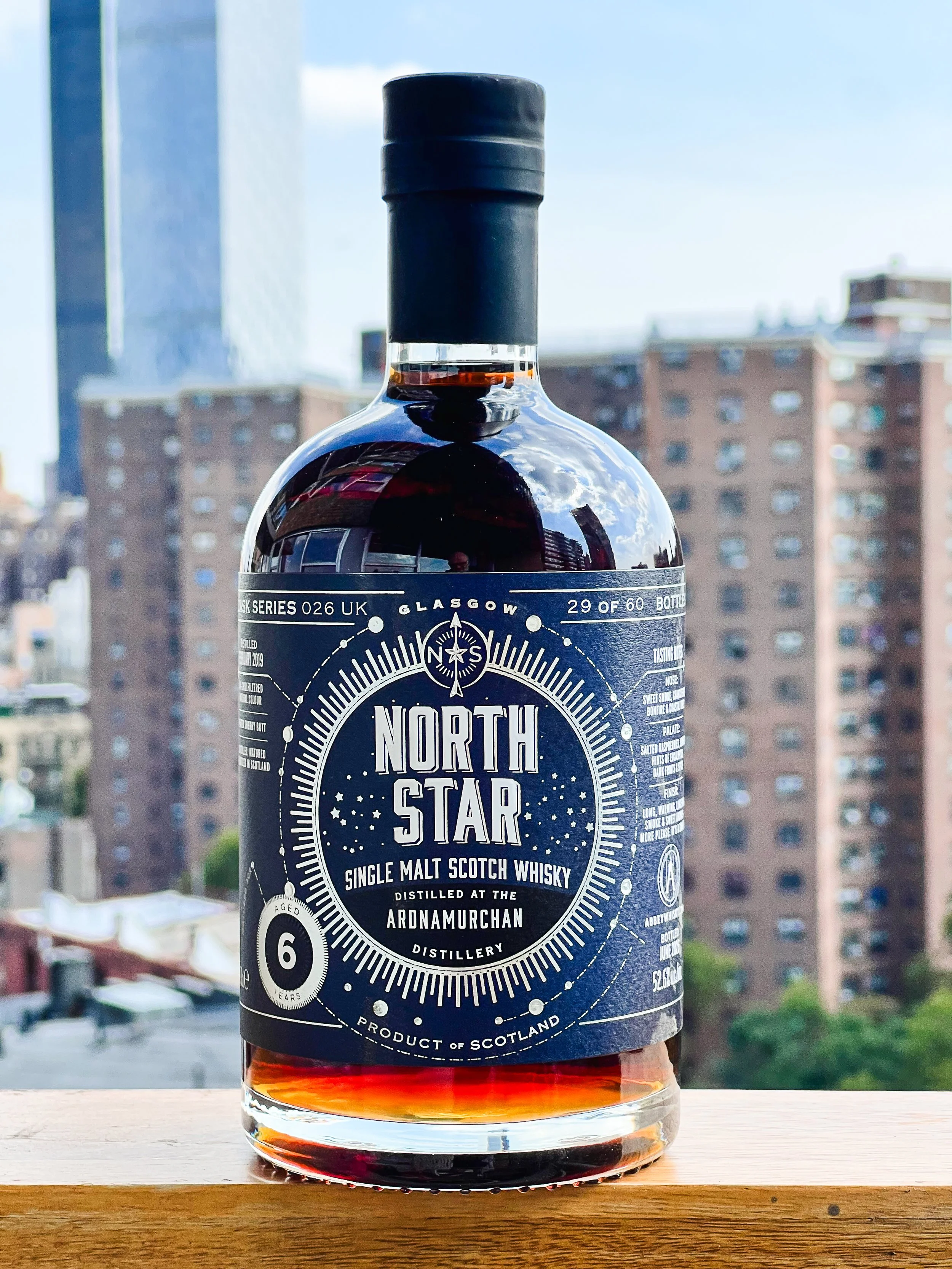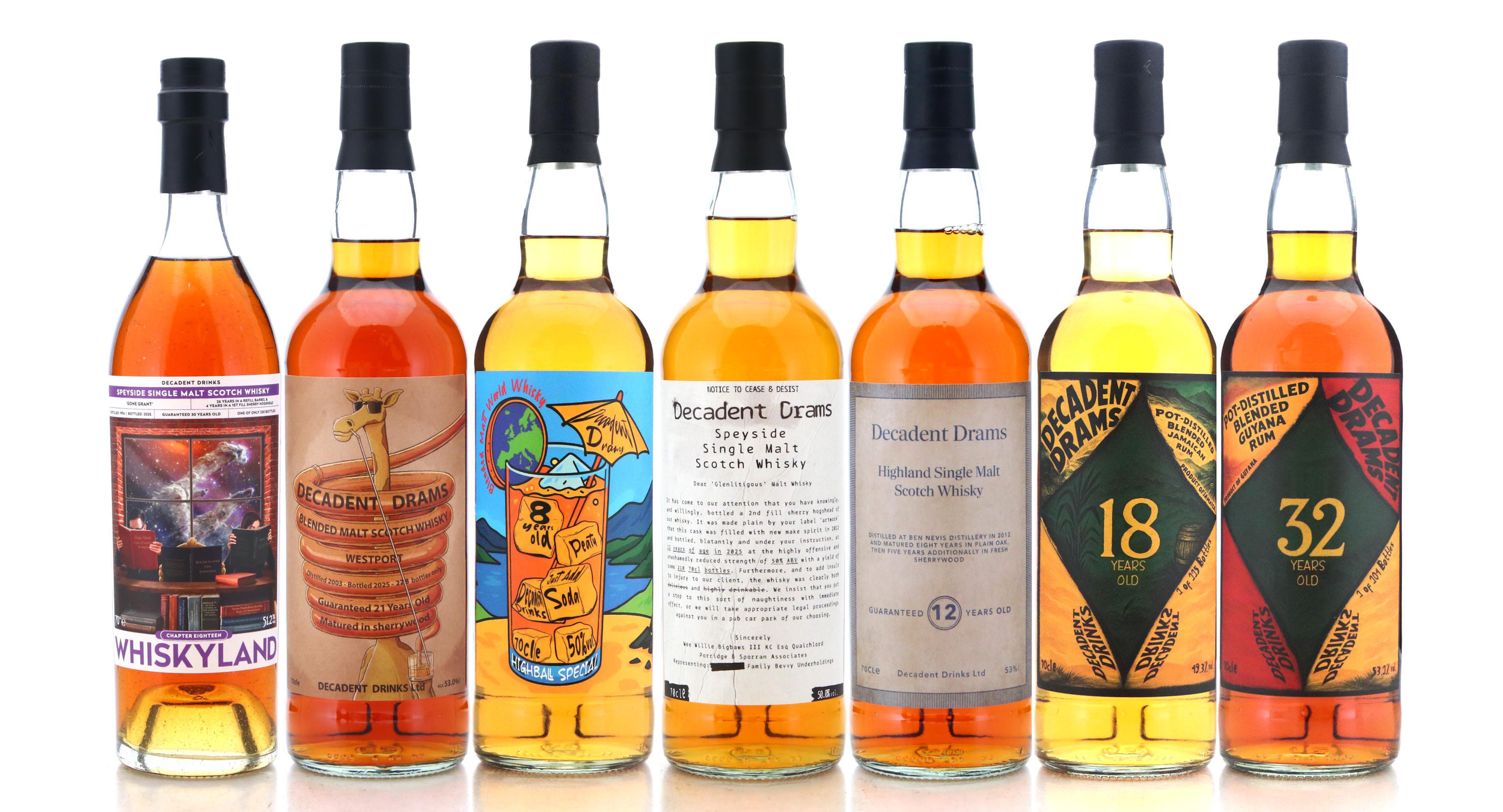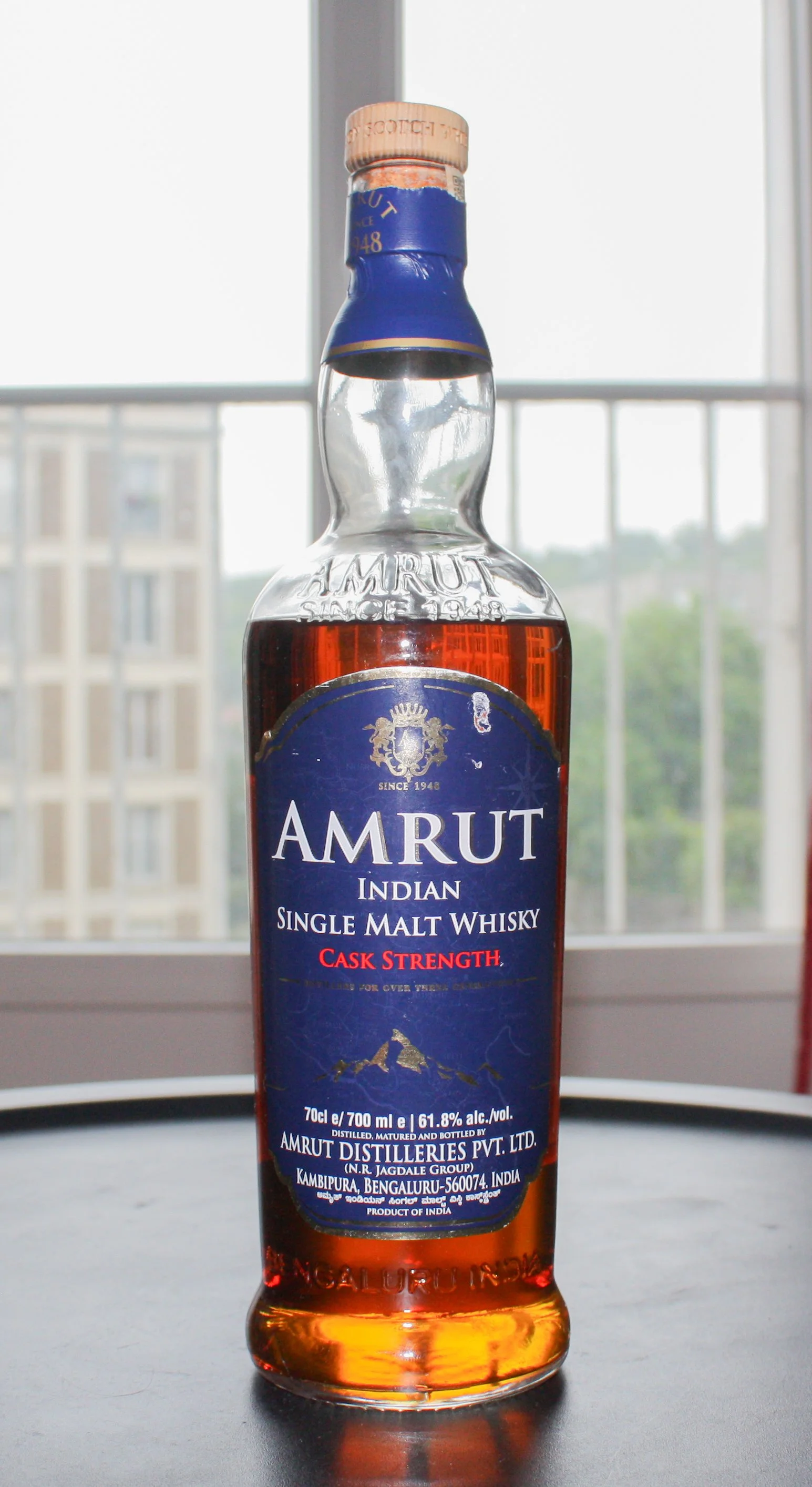Imperial 1989 16yo
Signatory Vintage Un-chillfiltered | 46% ABV
Score: 7/10
Very Good Indeed.
TL;DR
Refinement in a glass
Chasing Ghosts
The whisky journey begins innocently enough—a handful of bottles plucked from supermarket shelves, accessible, easy to find, and offering the comfort of familiarity. But as the obsession deepens, the hunt becomes more refined. Mainstream releases give way to the allure of specialist retailers, where treasures await those willing to seek them out.
Then comes the thrill of the auction website, where the excitement of bidding adds another layer to the experience.
Yet, once the shelves are lined with prized drams—those rare finds and personal eight-out-of-ten masterpieces—the thirst is never truly quenched. What ignites the continued chase? What compels the collector to pursue the next elusive pour, the next step towards liquid perfection?
The act of collecting is more than an accumulation; it’s an odyssey, a relentless pursuit driven by curiosity, nostalgia, and an insatiable desire for discovery. There’s a pull towards certain, but not all, limited editions, inaugural releases, and forgotten gems, each one a step in the ever-evolving landscape of whisky.
Many bottles hold a tale—a moment in time, a memory waiting to be uncorked. Some become artifacts of personal history, tied to the place they were found, the people they were shared with, and the emotions of the occasion. A seemingly ordinary dram might hold extraordinary significance, carrying the essence of friendships, celebrations, or quiet reflections.
Owning whiskies from vanished - or ‘ghost’ - distilleries add an extra dimension.
Each sip is a bridge to a bygone era, each pour an opportunity to taste what might never be created again. Scarcity adds an irresistible edge. When a distillery shuts its doors and its warehouses empty, every remaining bottle gains a mythical status, a relic of liquid gold frozen in time. Whiskies like Port Ellen and Brora weren’t just discontinued; they were halted before their potential could fully unfurl, leaving behind an aura of mystique.
Then there’s the fear— many will pretend this doesn’t apply to them, but it does, a lot. That undeniable whisky-induced FOMO. The thought of missing out on something extraordinary is unbearable, pushing the hunt forward. The thrill of acquisition intertwines with the urgency of securing something special before it slips away forever.
And let’s not forget friendship and community— for many there is nothing better than sharing a dram that you feel evangelical about; it doesn’t have to be a legendary find or an obscure oddity, just something you are enthusiastic about, or something that tastes odd or interesting to you. The collection itself is a passport into a world of deep discussions, heated debates over nuances in flavour profiles.
For many, they already own more whisky than they could drink in their lifetime – our own personal whisky lochs. Ultimately, the hunt never truly ends, because whisky itself never stops evolving. New distilleries, new casks, experimental techniques and previously overlooked distilleries finding their place in the spotlight, ensure that the adventure is infinite. There will always be another bottle, another chase, another pour that promises something extraordinary.
Perhaps it’s not about finding the "ultimate dram" after all. Perhaps the chase itself is the thrill. Especially if it’s a ghost.
Review
Imperial 1989, 16yo, Un-chillfiltered Series, distilled 2nd November 1989, bottled 20th July 2006, Bourbon barrels, Casks 415 & 416, 533 bottles, 46% ABV
£130 paid at auction
This 16-Year-Old Imperial 1989 is bottled by Signatory as part of their Un-Chillfiltered Collection. Distilled on November 2, 1989, and bottled on July 20, 2006, this expression spent 16 years maturing in bourbon casks 415 and 416. With only 533 bottles released, it’s a relatively rare find.
Imperial Distillery, which is now defunct, was located in Carron, Strathspey and was known for producing malts with a distinctive character. The distillery was established in 1897 by Thomas Mackenzie who also owned Talisker and Dailuaine. It was constructed during Queen Victoria’s Diamond Jubilee, which apparently inspired its grand name and a gilded cast-iron crown that once sat atop its maltings.
Despite these promising beginnings, Imperial, it seems, had a rollercoaster history, frequently falling into periods of mothballing and closure, and it infamously only produced whisky for 45 years out of its 115-year history. Its first shut down took place in 1899, barely a year after production started, due to the Pattison Whisky Crisis (when Pattison’s of Leith - a major distiller and blender - fell bankrupt with huge debts). Over the next century, Imperial was reopened and closed multiple times, never quite establishing itself as a major single malt brand. Instead, its whisky was primarily used for blending, making official bottlings rare.
Ownership changed hands several times over the years, with The Distillers Company Limited (now Diageo) acquiring it in 1925, followed by Allied Distillers in 1989. From time to time, the distillery was restarted, but was mothballed again in 1998. When Pernod Ricard acquired Allied Distillers in 2005, Imperial remained closed and, in 2013, it was demolished to make way for the Dalmunach Distillery, which opened in 2015.
Imperial has never reached the cult status of distilleries like Brora or Port Ellen, but does seem to have gained appreciation among collectors. It is a name I had never managed to try before, but one that I was keeping an eye out for as I was keen to try some. Signatory bottlings in my experience are of good quality and, with a dearth of official bottlings available, this was a great option.
Score: 7/10
Very Good Indeed.
TL;DR
Refinement in a glass
Nose
This is very pleasant on the nose with wafts of crisp zesty fruits with butter and banana.
Palate
At 46% ABV, this whisky delivers a balanced profile with fruity and malty elements. There are definite tastes of citrus fruits and a hint of pineapple, subtle cinnamon and peppery spices, salt, maybe a bit of smoke.
The finish is medium length and very pleasant with oaky notes and malt, a fruity sweetness is lingering.
This was a very enjoyable dram; even from the nose it seemed like quality, there was a good balance of flavour and a very smooth profile. It is non-chill filtered & natural colour with a medium viscosity.
The Dregs
There is always a bit of apprehension opening something that has been sitting in a bottle for almost two decades, and personally, anything with a price tag above circa £70 has automatic apprehension about whether it will be worth it. And there is always the cork fear; will it vacate the neck of the bottle in one piece, or will it lead to a complicated filtering and rebottling exercise as it crumbles before your eyes. Thankfully, none of this applied to this bottle, the cork never crumbled, and the quality of dram was there immediately.
This is a quality dram; my automatic reaction was that it tastes refined and very well balanced. It is not the most complex, but has plenty of flavour and is a very smooth sipper. This is a great addition to the collection; it’s not my favourite, but very welcome. I’m sure it won’t be my last Imperial. I would be keen to give an official bottling a try, but those ghosts are even more rare.
Score: 7/10
Tried this? Share your thoughts in the comments below. CC
-
Dramface is free.
Its fierce independence and community-focused content is funded by that same community. We don’t do ads, sponsorships or paid-for content. If you like what we do you can support us by becoming a Dramface member for the price of a magazine.
However, if you’ve found a particular article valuable, you also have the option to make a direct donation to the writer, here: buy me a dram - you’d make their day. Thank you.
For more on Dramface and our funding read our about page here.




